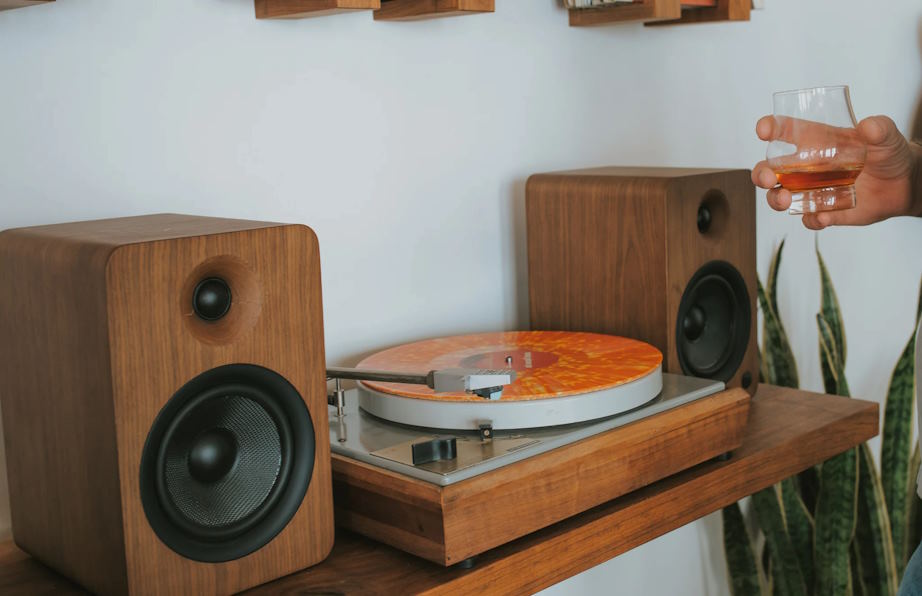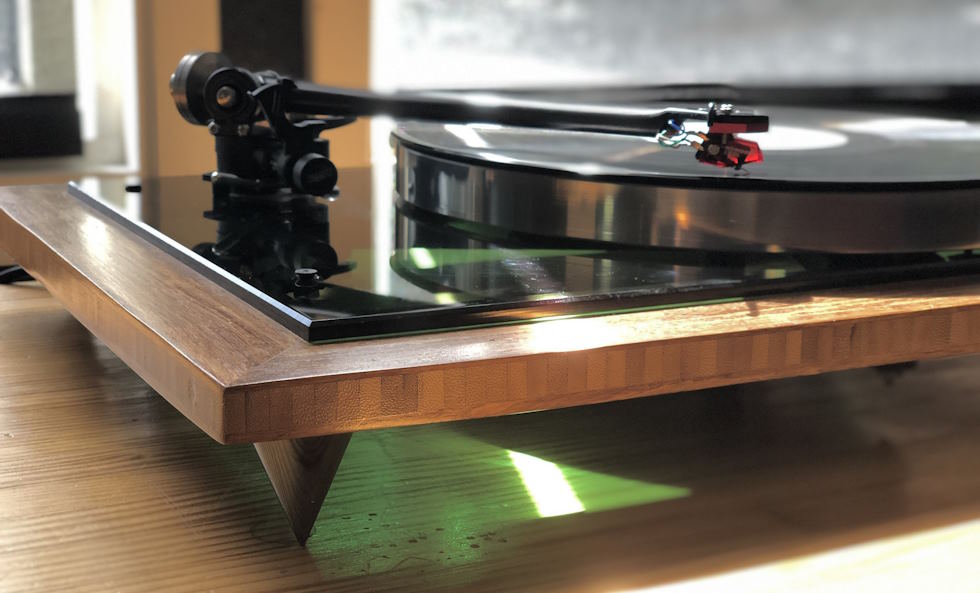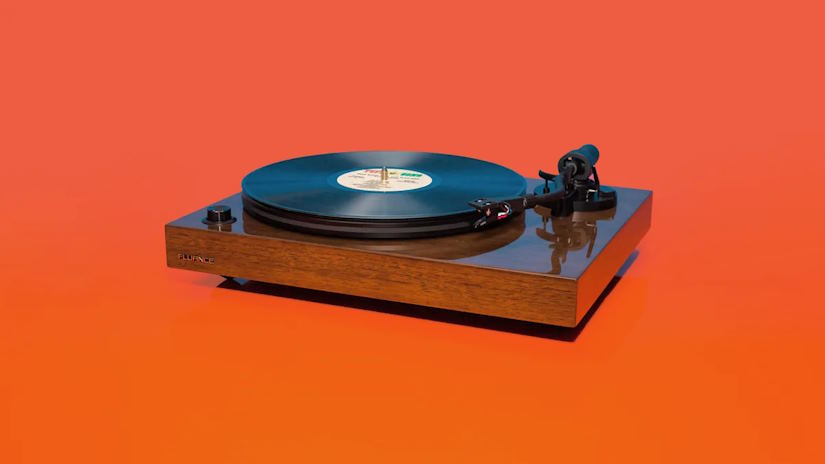- by
The Impact of Wood Base Turntables on Sound Quality
In the symphony of audio components, the turntable stands as a pivotal conductor, orchestrating the delicate dance between vinyl and sound waves. Over the years, turntable enthusiasts and audiophiles have engaged in a quest for sonic perfection, exploring various materials to refine the art of sound reproduction. Among the materials making waves in this sonic journey, wood has carved its niche as a material not just for aesthetic charm but as a potential influencer of sound quality. The allure of wood base turntables lies not only in their visual appeal but in the acoustic subtleties that enthusiasts claim can elevate the listening experience.
The Acoustic Properties of Wood: A Harmonious Symphony of Sound
Characteristics of Wood Relevant to Audio Applications:
Wood, a material steeped in natural richness and diversity, possesses unique acoustic properties that have found a resonance in the world of audio engineering. Its porous nature allows for the absorption and diffusion of sound waves, contributing to a warm and nuanced audio profile. This inherent characteristic makes wood an intriguing choice for turntable bases, as it can play a crucial role in shaping the tonal qualities of the reproduced music. Moreover, the density variations in different wood species bring forth a spectrum of sonic possibilities, allowing audiophiles to tailor their listening experience based on the selected wood type.
How Wood Interacts with Vibrations and Resonances:
Wood’s ability to interact with vibrations and resonances is a key factor in its application within turntable construction. Unlike materials that may dampen vibrations excessively, wood strikes a delicate balance, offering a natural resonance that complements the music’s original character. This interaction creates an organic synergy between the turntable and the vinyl, enhancing the overall audio fidelity. The harmonious dance between the vibrations and the wood base becomes an integral part of the music playback experience, imbuing it with a distinctive and immersive quality.

Engineering and Design Considerations: Crafting Sonic Masterpieces
The Role of Turntable Design in Shaping Sound Reproduction:
Turntable design is an intricate dance between form and function, where every curve and contour contributes to the symphony of sound reproduction. Engineers meticulously consider factors such as tonearm geometry, platter material, and motor control. The design choices impact not only the visual aesthetics but also the sonic character of the playback. Explore the realm of wood base turntables in the Audio-Technica AT-LPW40WN review, where the design discourse takes center stage, bringing forth a tactile and acoustically resonant element that surpasses mere functionality.
Impact of Wood on Damping, Resonance Control, and Stability:
Wood’s role in turntable construction extends far beyond its visual appeal. Its unique combination of damping properties and resonance control allows for a harmonious equilibrium in sound reproduction. Wood absorbs unwanted vibrations, minimizing distortion and creating a stable platform for the delicate intricacies of vinyl playback. This careful balance of damping and stability ensures that the wood base becomes an active participant in preserving the fidelity of the music, enriching the listening experience.

Advantages and Disadvantages: Navigating the Auditory Landscape
Highlighting the Benefits of Wood Base Turntables:
Wood base turntables offer a myriad of advantages that resonate with audiophiles seeking an elevated sonic experience. The inherent acoustic properties of wood contribute to a warm and rich sound profile, enhancing the overall listening pleasure. The aesthetic appeal is undeniable, as wood adds a touch of timeless elegance to any audio setup. Beyond its visual charm, wood’s ability to absorb and diffuse vibrations provides a stable platform for precise playback, making it an ideal choice for those who prioritize fidelity and a natural, immersive sound.
Addressing Potential Drawbacks or Limitations:
While wood base turntables boast numerous merits, it’s essential to consider potential drawbacks. Wood’s susceptibility to environmental factors like humidity and temperature can pose challenges, requiring attentive maintenance to prevent warping or degradation. Additionally, the density variations among wood types may impact tonal preferences, necessitating a thoughtful selection process based on individual taste. Understanding these considerations ensures that enthusiasts make informed choices, mitigating potential challenges associated with wood base turntables.

